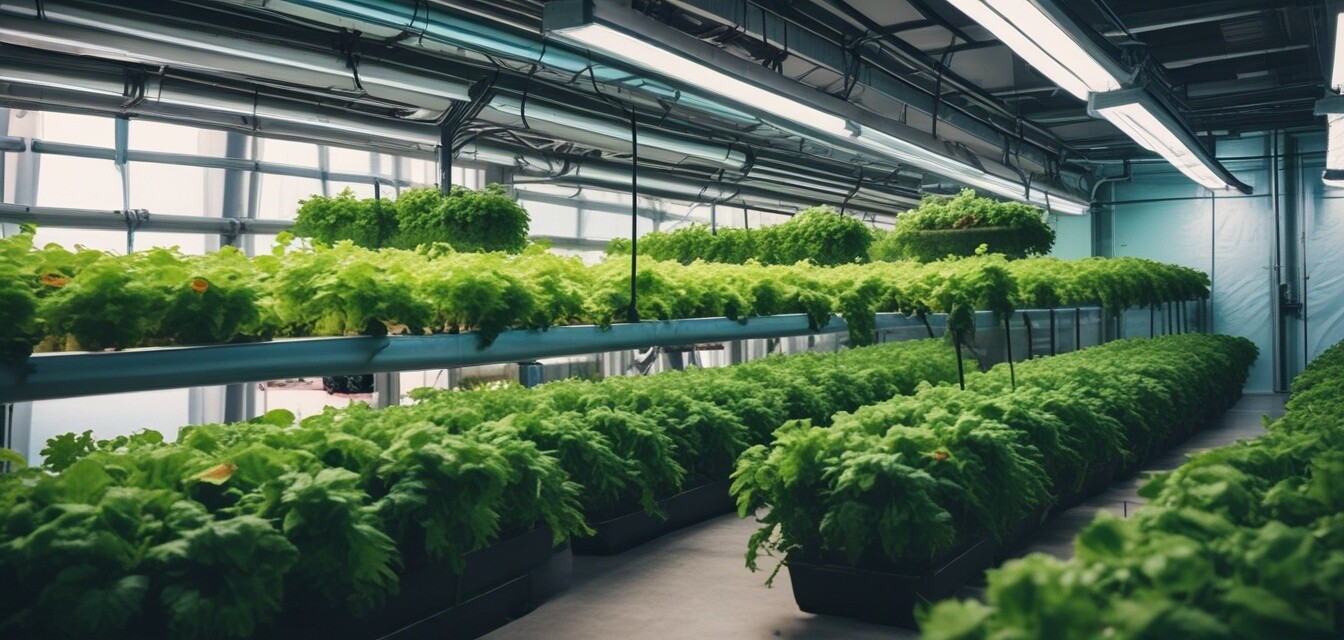
High-Yielding Plants for Hydroponic Success
Key Takeaways
- Hydroponics is a versatile method that supports a variety of plant types.
- Choosing high-yielding varieties can boost your harvest significantly.
- Understanding each plant’s requirements for nutrients and light can optimize growth.
- Common high-yield plants include lettuce, herbs, and tomatoes.
- Regular monitoring and care are essential for a successful hydroponic garden.
Hydroponics has revolutionized the way we can grow plants indoors, allowing for year-round cultivation without soil. One of the key advantages of this innovative gardening technique is the ability to select high-yielding plant varieties that can deliver bountiful harvests. This comprehensive guide will explore the best high-yield plants for hydroponics, helping you maximize your indoor gardening success.
Why Choose High-Yielding Plants?
High-yielding plants are essential for maximizing space and resources in your hydroponic garden. These plants are known for their ability to produce a larger quantity of edible crops within a shorter time frame. Furthermore, they tend to be more resilient to indoor growing conditions, making them suitable for beginners and seasoned growers alike.
Top High-Yielding Plants for Hydroponics
Lettuce
Lettuce is one of the fastest-growing plants in hydroponics. It thrives in nutrient-rich water and can produce multiple harvests if you choose the cut-and-come-again method.
Herbs
Herbs like basil, cilantro, and mint adapt well to hydroponic systems. They can have a quick turnover rate, making them ideal for rapid cultivation.
Tomatoes
Tomatoes are a popular choice for hydroponic growing due to their high yield potential. They require ample light and nutrients to flourish, but the results are often worth the effort.
Comparison of High-Yield Plants
| Plant Type | Growth Rate | Light Requirement | Nutrient Needs |
|---|---|---|---|
| Lettuce | Fast (30-45 days) | Medium | Balanced nutrients, moderate NPK |
| Herbs | Fast (30-60 days) | High | Nutrient-rich with trace elements |
| Tomatoes | Medium (60-90 days) | Very High | Higher NPK for fruiting |
Caring for High-Yield Plants
Successfully growing high-yield plants in a hydroponic system requires careful attention to their care needs:
- Monitoring pH levels: Ideal pH levels for most hydroponic plants range from 5.5 to 6.5.
- Nutrient management: Ensure you are using the right nutrient solutions for each plant type.
- Light exposure: Many high-yield plants require 12-18 hours of light daily for optimal growth.
- Temperature control: Maintaining a stable temperature between 68°F and 75°F is key.
Common Challenges in Hydroponics
While hydroponic gardening offers numerous benefits, there are challenges to be aware of:
- Diseases: Fungal infections can occur if humidity levels are too high.
- Pests: Keep an eye out for common pests, even indoors.
- Nutrient deficiencies: Regularly test your nutrient solution and adjust accordingly.
Expanding Your Hydroponic Knowledge
For those eager to learn more about hydroponics, our site provides a wealth of resources:
- Buying guides for selecting the right hydroponic systems.
- Books and guides for deeper knowledge.
- Growing techniques to enhance your gardening skills.
- Nutrient management tips to ensure a healthy grow.
- Lighting solutions for optimal growth.
Pros
- High production rates in limited space.
- Year-round growing potential for diverse crops.
- Minimal water usage compared to traditional methods.
- Fewer soil-borne pests and diseases.
Cons
- Initial setup costs can be high.
- Requires close monitoring of systems and environment.
- Some plants may not thrive indoors.
Conclusion
By selecting high-yielding plants and providing the right conditions, your hydroponic garden can thrive. Understanding the unique needs of each plant variety will help you maximize your harvest and enjoy fresh produce all year long. Dive into hydroponic gardening today, and discover the joy of growing your own high-yield plants!